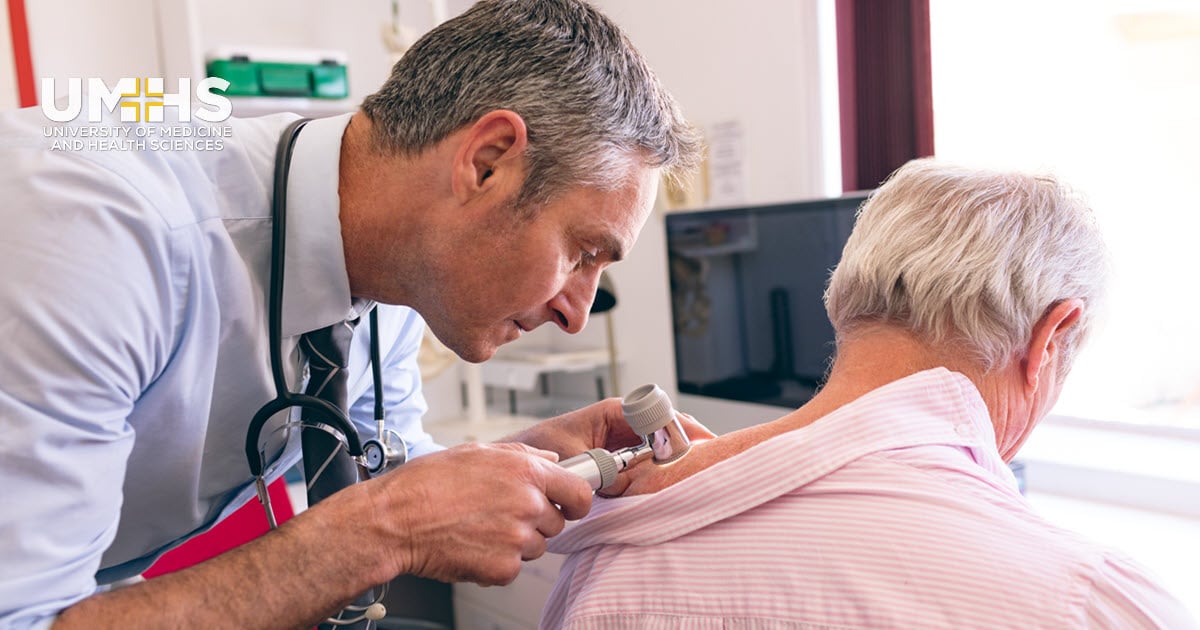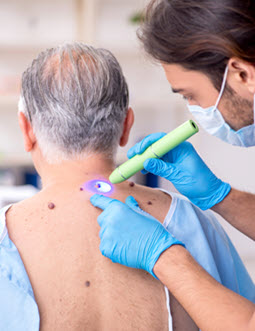Consult with mohs surgery to remove skin cancer with minimal scarring.
Consult with mohs surgery to remove skin cancer with minimal scarring.
Blog Article
Browsing Skin Cancer Therapy: The Vital Duty of Mohs in Modern Dermatology Practices
Skin cancer, a challenging medical diagnosis, often leaves patients grappling with countless treatment alternatives. As we explore the complexities of this treatment, one will certainly appreciate its crucial duty in skin cancer treatment.
Understanding Skin Cancer: Types and Risks
Skin cancer, a potentially dangerous condition, is much more common than lots of people realize. This condition, triggered by the unchecked growth of irregular skin cells, primarily results from DNA damages because of direct exposure to the sunlight and ultraviolet (UV) light. There are three major kinds of skin cancer cells: Basic cell cancer, Squamous cell carcinoma, and Cancer malignancy. While the previous two are less lethal and make up the bulk of diagnosed cases, melanoma is the most dangerous. It accounts for only regarding 1% of skin cancer cells cases but causes the substantial bulk of skin cancer fatalities - skin cancer. Risk elements include fair skin, background of sunburn, too much sun exposure, living at high altitudes or near to the equator, having many moles, a family members background of skin cancer cells, and weakened immune system.
What Is Mohs Surgical procedure and How It's Transforming Skin Cancer Therapy
Despite the various treatments currently offered for skin cancer cells, Mohs surgery stands out as a groundbreaking and very effective option. Called after Frederic E. Mohs, the physician who developed the procedure, Mohs surgical treatment is an exact medical technique utilized to treat skin cancer cells. During the treatment, thin layers of cancer-containing skin are considerably removed and analyzed till only cancer-free cells remains. This method enables the specialist to verify that all cancer cells have been removed at the time of surgical procedure. This degree of precision, incorporated with the ability to spare as much healthy cells as possible, is revolutionizing skin cancer treatment. As a result, Mohs surgery has become a keystone of modern dermatology techniques.
The Advantages of Mohs Surgical Procedure Over Typical Skin Cancer Cells Therapies
Building on the ingenious nature of Mohs surgical treatment, it's important to consider its various advantages over traditional skin cancer cells treatments. Unlike guidelines, Mohs uses a higher cure price, usually getting to 99% for first-time therapies and 94% for recurrent cancers. This precision results from its distinct strategy of gradually eliminating and examining cells layers till just cancer-free cells remain (dermatologist). Furthermore, it decreases damages to healthy and balanced skin, leading to much less scarring and enhanced cosmetic results. Mohs likewise provides immediate results, removing the anxiety-ridden wait typical with other approaches. It's affordable, as the surgery and tiny exam happen concurrently, eliminating the requirement for extra go research laboratory solutions. Thus, Mohs represents a considerable development in skin-related practices.
The Treatment of Mohs Surgical Procedure: What to Expect Throughout the Process

Prospective Negative Effects and Post-Operative Care of Mohs Surgical Procedure
Undergoing Mohs surgical procedure, like any type of other surgical treatment, involves potential negative effects that people must know. Typical adverse effects consist of discomfort, wounding, and swelling at the surgical procedure site. Nevertheless, these are typically short-term and manageable with over the counter discomfort medicine and ice bag. In unusual instances, patients might experience infection, bleeding, or an allergy to the anesthetic. Post-operative care is vital to healing and minimizing adverse effects. This usually includes keeping the wound clean and completely dry, taking recommended medicines, and preventing difficult activities. People need to additionally attend all follow-up visits for injury treatment and monitoring. Sometimes, extra therapies may be necessary to guarantee total elimination of the cancerous cells. Following these post-operative care guidelines can significantly enhance recovery and end results.
Conclusion

Report this page